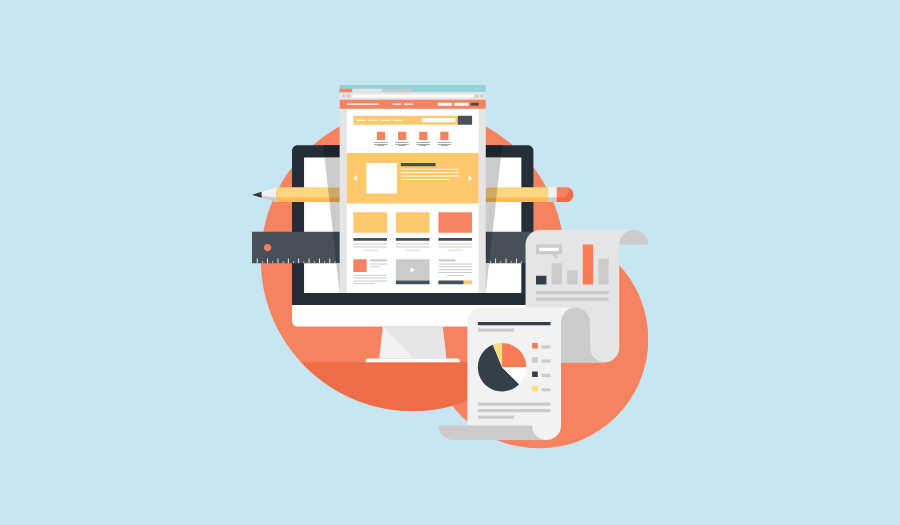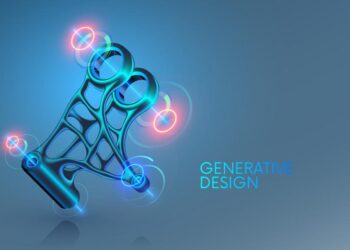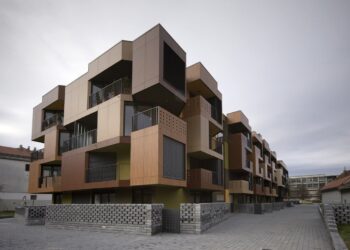In the realm of modern design, intuition and creative genius are no longer the sole arbiters of success. The art of creating compelling and effective products, services, and environments is being fundamentally reshaped by a new and powerful force: data. Data-Driven Design Evolves from a reactive practice of analyzing past performance to a proactive, intelligent, and predictive discipline. This article provides a comprehensive exploration of this paradigm shift, delving into the core principles of data-driven design, the new methodologies and technologies that are powering it, and the strategic implications for businesses, designers, and consumers. We will examine how data is being used to create more personalized user experiences, optimize architectural spaces, and build more resilient and responsive digital products. This deep dive will offer a roadmap for navigating this transformative era, ensuring that a designer is not just creating for a user but is truly designing with them.
The Evolution from Instinct to Insight

For decades, design was an art form driven by a designer’s instincts, experience, and subjective aesthetic sense. While these qualities remain essential, data is now providing a new level of insight that is transforming the design process from a subjective one to a more objective, measurable, and customer-centric one.
A. The Foundational Role of User Research: The first phase of data-driven design is a deep and continuous engagement with user research.
- Qualitative Data: Qualitative data, such as user interviews, focus groups, and ethnographic studies, provides a rich, contextual understanding of a user’s needs, behaviors, and pain points. This is the “why” behind the data, and it is a critical part of a data-driven design process.
- Quantitative Data: Quantitative data, such as web analytics, A/B testing results, and user surveys, provides a measurable and statistical understanding of a user’s behavior. This is the “what” behind the data, and it is a critical tool for validating a design’s effectiveness and for making data-informed decisions.
- The Synergy of Both: The most successful data-driven design is a powerful synergy of both qualitative and quantitative data. Qualitative data helps a designer to form a hypothesis, and quantitative data is then used to test and validate that hypothesis.
B. The Continuous Feedback Loop: Data-driven design is not a one-time project; it is a continuous feedback loop.
- Build, Measure, Learn: The “build, measure, learn” philosophy, a core tenet of the agile methodology, is a key part of data-driven design. A designer builds a prototype, measures its performance with data, and then learns from the results to improve the next version.
- Iterative Design: This continuous feedback loop allows for an iterative design process, where a product is constantly being improved and refined based on real-world data. This is a game-changer for a product’s success, as it ensures that the product is always aligned with a user’s needs.
C. The Shift from “Designing for” to “Designing with”: The data-driven design philosophy is a fundamental shift in mindset.
- A Customer-Centric Approach: The focus is no longer on a designer’s personal vision but on a customer’s needs and behaviors. The designer becomes a facilitator, using data to give the customer a voice in the design process.
- The “Co-Creation” Model: The ultimate goal is a “co-creation” model, where a designer and a customer are working together to build a product or a service. This new, collaborative approach is a powerful tool for a company that is trying to build a more customer-centric business model.
The New Technologies and Methodologies
The data-driven design revolution is being powered by a new generation of technologies and methodologies that are making it easier for designers to collect, analyze, and leverage data.
A. Artificial Intelligence (AI) and Machine Learning (ML): AI and ML are at the heart of data-driven design.
- Predictive Design: AI can be used to analyze a massive amount of user data to predict a user’s future needs and behaviors. For example, an AI system can analyze a user’s past purchases and Browse history to recommend a product that they are likely to buy. This new era of predictive design is a game-changer for a product’s personalization and a business’s sales.
- Generative Design: AI is also being used for “generative design,” where a designer can input a set of parameters and an AI system can automatically generate a wide range of design options. This can significantly reduce the time and cost of the design process and can lead to a new level of innovation.
B. Digital Twins and Real-Time Data: Digital twins, which are virtual replicas of a physical object or a system, are a powerful tool for data-driven design.
- Real-Time Optimization: A digital twin of a building, for example, can be used to analyze real-time data from a building’s sensors and to automatically optimize its energy consumption. This new era of real-time optimization is a game-changer for a building’s sustainability and its operational efficiency.
- Simulating User Behavior: A digital twin can also be used to simulate a user’s behavior. A designer can, for example, use a digital twin of a retail store to simulate how a customer would walk through the store and to optimize the store’s layout to improve sales.
C. The Internet of Things (IoT) and Ubiquitous Data: The proliferation of IoT devices is creating a new, ubiquitous source of data.
- Real-World Insights: The data from these devices, such as a smart thermostat or a factory sensor, can be used to gain a new level of insights into a user’s real-world behavior. A designer can, for example, use the data from a smart home’s devices to design a more intuitive and more personalized user experience.
- The “Data-Rich” Environment: The future of design is a “data-rich” environment, where a designer has access to a massive and continuous stream of data from a wide range of sources. This data is the raw material for a new era of intelligent and responsive design.
D. No-Code and Low-Code Platforms: The democratization of data-driven design is being powered by a new generation of no-code and low-code platforms.
- Democratizing Design: These platforms make it easier for a business professional or a designer who is not a technical expert to build a data-driven product or a service. This is a game-changer for a company that is trying to be more agile and more innovative.
- Faster Prototyping: A no-code or low-code platform can be used to quickly build a prototype and to test it with real-world data. This allows a business to fail fast and to iterate quickly, which is a core part of a digital transformation journey.
The Strategic Implications for a New Era of Design

The data-driven design revolution is a strategic imperative for businesses, designers, and consumers. Companies that fail to adapt will be left behind in a new, automated, and intelligent digital world.
A. For Businesses:
- A Strategic Advantage: The use of data-driven design can provide a significant strategic advantage over a competitor. A business that is using data to create a more personalized, more intuitive, and more effective experience for its customers will have a massive advantage in the market.
- A New Business Model: Data-driven design can also enable a new business model. For example, a retailer can use data to offer a personalized product recommendation to a customer, or a software company can use data to offer a new, intelligent service to its clients.
B. For Designers:
- A New Skillset: The skills required to be a successful designer are changing. A designer must be knowledgeable about data analytics, AI, and user research.
- A New Mindset: The mindset of a designer is also changing. They must move from a focus on a subjective aesthetic to a focus on a more objective, data-driven, and customer-centric approach.
- The “Designer as Strategist”: The designer of the future is a “designer as strategist” who is using data to guide a business’s strategy and its innovation.
C. For Consumers:
- A Personalized and Intuitive Experience: The data-driven design revolution is creating a new era of personalized and intuitive experiences. A consumer can, for example, use a digital service that is a perfect match for their needs and their preferences.
- The “Privacy” Dilemma: The collection and use of a consumer’s data is also a new and complex privacy dilemma. A consumer must be aware of how their data is being used and must have the right to control it. The legal and regulatory challenge is to find a way to protect a consumer’s privacy in a data-rich world.
D. The Ethical and Legal Imperatives: The data-driven design revolution is also creating new ethical and legal imperatives.
- Algorithmic Bias: The use of AI in design can lead to algorithmic bias, where an AI system inherits and amplifies the biases present in its training data. A company that is using a biased AI can face a new era of legal and reputational risk.
- Data Governance: The data that a business is collecting from its customers is a massive legal and ethical liability. A company must have a clear data governance strategy that is in compliance with all relevant regulations, such as GDPR and CCPA.
Conclusion
Data-Driven Design Evolves is a story of a new era of design, one that is more intelligent, more personalized, and more effective. The challenges are immense, from the ethical implications of algorithmic bias to the legal complexities of data privacy. However, the opportunity is even greater: to use the power of data to create a world that is not just more beautiful but also more functional, more resilient, and more in harmony with a user’s needs. The decisions we make today will not only shape the future of design but will also define our relationship with data, technology, and the very concept of a digital business. The future of design is here, and it is a new era of a data-driven, customer-centric, and intelligent approach to creation.









Discussion about this post